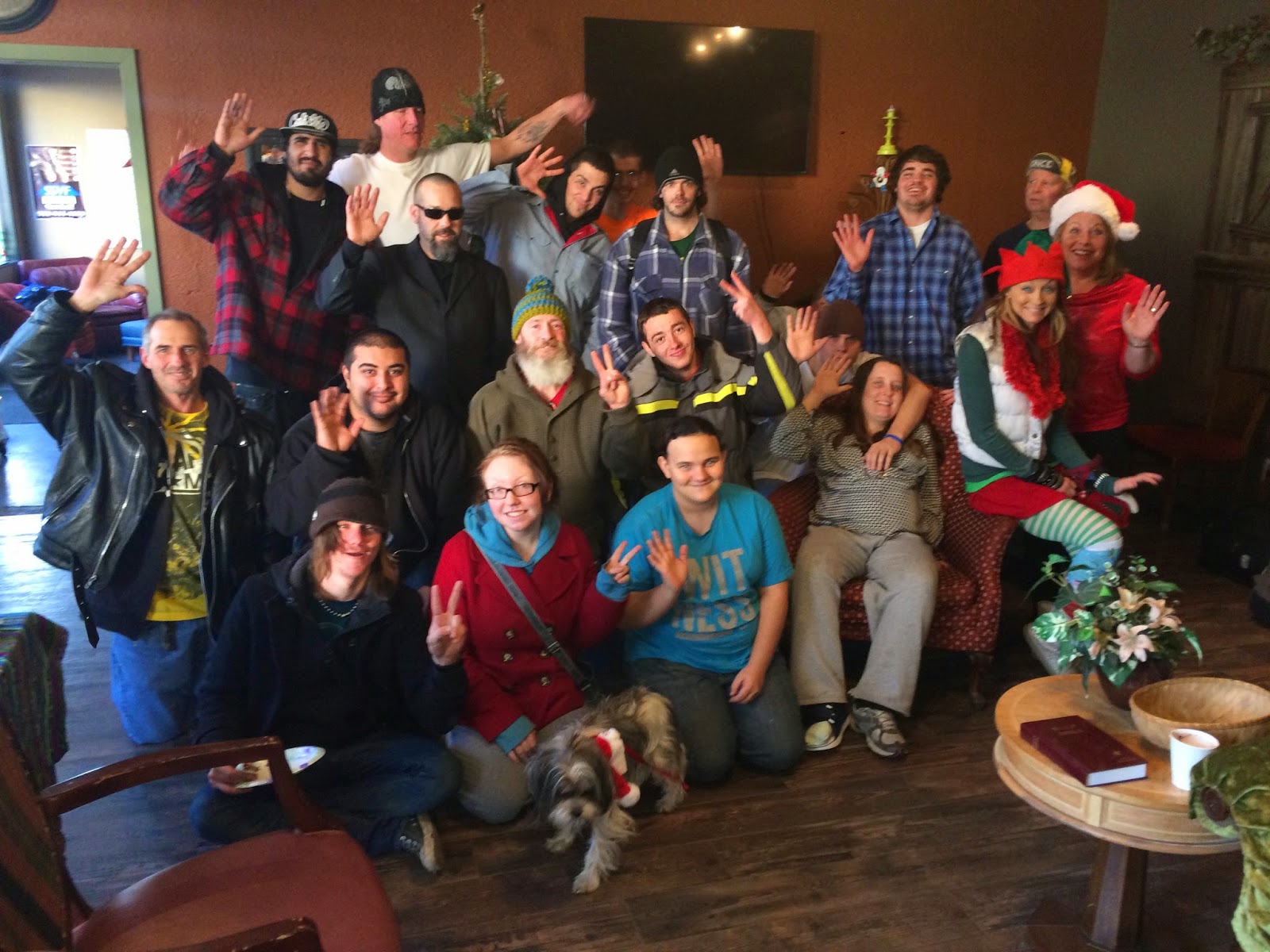- 12
- Aug
 Many people think a relapse happens in an instant and that it is just an impulse that over comes us and we can’t help ourselves or can’t see it coming In most cases that is not true and there are many factors and stressors that lead up to the actual event of taking that drug or the first drink.
Many people think a relapse happens in an instant and that it is just an impulse that over comes us and we can’t help ourselves or can’t see it coming In most cases that is not true and there are many factors and stressors that lead up to the actual event of taking that drug or the first drink.
I have seen it first hand and have learned to watch for the big signs and then begin to watch for smaller ones. The big signs are attitude, isolation and outburst etc. There are others, which have been judged by some to be accurate predictors and they call these clues “dry relapse symptoms”. They say that if you use a tool like the Faster Scale you can see the behaviors in yourself which could lead to a relapse.
The F – A – S – T – E – R Dry Relapse Pattern
“F” = Forget Priorities (Denial; flight; a change in what’s important; how you spend your time and thoughts.)
Secrets; bored; less time/energy for God, meetings, and church; avoiding support and accountability towards people; superficial conversations; sarcasm; isolating yourself; changes in goals, flirting; obsessed with relationships; breaking promises/commitments; neglecting family; preoccupation with materials things, television, or entertainment; procrastination; lying, overconfidence, hiding money.
“A” = Anxiety (Getting energy from emotions.)
Worry; using profanity; being fearful; being resentful; replaying old, negative thoughts; perfectionism; judging others’ motives; making goals and lists you can’t complete; poor planning; mind reading; fantasy; masturbation; pornography; co-dependent rescuing; sleep problems; trouble concentrating; seeking/creating drama; gossip; using over-the-counter medication for pain, sleep, and weight control.
“S” = Speeding Up (Out-running depression.)
Super busy; workaholic; can’t relax; driving too fast; avoiding slowing down; feeling driven; in a hurry; can’t turn off thoughts; skipping meals; binge eating (usually at night); overspending; can’t identify own feelings/needs; repetitive, negative thoughts; irritable; making excuses for “having to do it all”; dramatic mood swings; lust; too much caffeine; over exercising; nervousness; difficulty being alone or with people; difficulty listening to others; avoiding support.
“T” = Ticked-Off (Getting high on anger; aggression.)
Procrastination causing crises in money, work, or relationships; sarcasm; black and white, all or nothing thinking; feeling alone; feeling that no one understands; overreacting; road rage; constant resentments; pushing others away; increased isolation, blaming; self-pity; arguing; irrationality, can’t handle criticism; defensive; people are avoiding you; having to be right; digestive problems; headaches; obsessive (stuck) thoughts; can’t forgive; feeling grandiose (superior); intimidation; feeling aggressive.
“E” = Exhausted (Out of gas; depression)
Depressed; panicked; confused; hopelessness; sleeping too much or too little; can’t cope; overwhelmed; crying for “no reason”; can’t think; forgetful; pessimistic; helpless; tired; numb; wanting to run; constant cravings for old coping behaviors, thinking of using sex, drugs, or alcohol; seeking old unhealthy people & places; really isolating; people angry with you; self-abuse; suicidal thoughts; spontaneous crying; no goals; survival mode; not returning phone calls; missing work, irritability; no appetite.Exhausted then leads to:
“R” = Relapse
Returning to the place you swore you would never go again. Giving up; giving in; out of control; lost in your addiction; lying to yourself and others; feeling you just can’t manage without your coping behavior, at least for now. The result is usually shame, condemnation, guilt and aloneness. Each one of these go into details on what each
Now you may not agree with these same predictors but I assure you there are predictors. Any addict being honest and of clear mind with tell you they began to have thoughts days or even weeks before they actually relapsed. They begin to think about the past, how they felt, and even fanaticize or justifying why one time won’t hurt anyone and no one would know. Just one… there is not just one for an addict. There is a saying “1 is too many and a 100″ is not enough. I first heard this from one of my dad’s drinking buddies when I was about nine and had no idea back then what it meant.
Here is the problem with the faster scale;
1. You have to be aware of the faster scale
2. You have to actively work the faster scale
3. You must be willing to take corrective action

If you are missing just one of these three, the scale breaks down and becomes useless.
If those around us could hear our thoughts and understand our words, they could use it to help us to stay on track. But they can’t and they aren’t with us 24/7 so what do you do. Is there an option, is there a tool addicts, families and counselors could use to spot these and similar triggers.
Yes there is…












.jpg)
